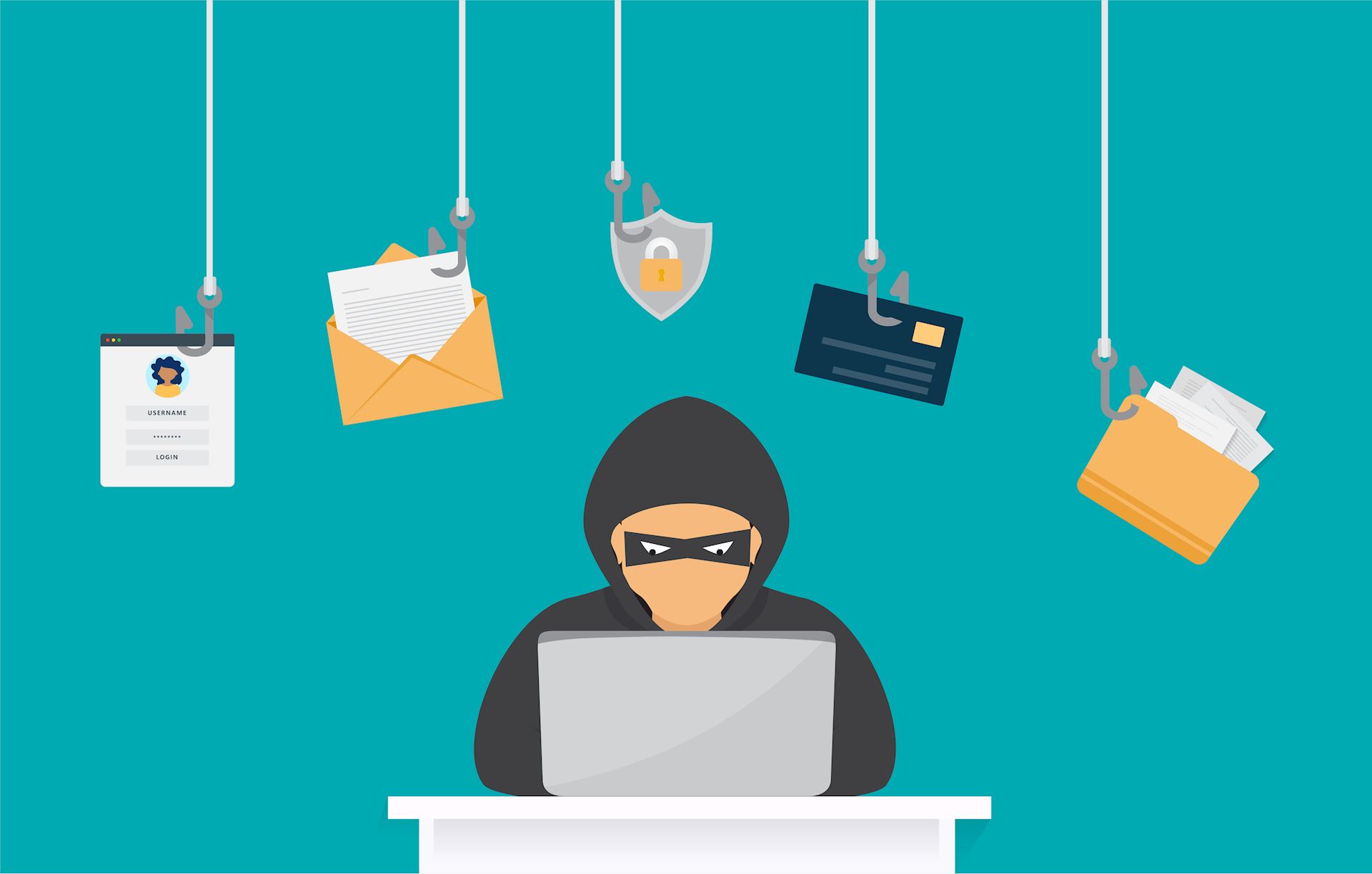5 Scams to Watch Out For
Category: Fraud Awareness
By BankSource on
1/21/2025

Scammers are working overtime so we put together a list of scams we are seeing and tips on better protecting your personal and financial information.
Brushing Scams
A Brushing Scam occurs when a person receives an unsolicited item through the mail. The item is often something inexpensive, like household goods, that you never ordered. Instead of including sender information, the package says that you need to scan the QR code to show who sent it to you. Once scanned, the QR code can compromise your personal information by using malware to access everything stored on your device. The QR code may even be linked to a fake website tricking you into making a payment to the scammers account or giving them access to yours.
Impersonation Scams
Impersonation Scams involve a person or organization pretending to be someone they aren’t in order to take advantage of you. An example of this is a scammer sending you a text message that appears to be from your financial institution asking you to call immediately about your account. They use pressure tactics to trick you into acting fast with the intent to steal your information.
Artificial Intelligence (AI) Scams
AI has enhanced fraudsters’ tactics for getting you to fall for their deceptive scams. They use generative AI to create something new like a video, phone call, or image to appear real and convincing. These unique scams may disguise the scammer with a cloned voice or simulated video, but often don’t use a familiar email address or phone number to reach out to you.
Romance Scams
Romance Scams happen online, usually over social media or through online dating platforms. Scammers create a fake profile to romantically connect with you and attempt to manipulate you into sending them money. They build trust in the beginning by showing affection and sending you gifts so the relationship feels so real that it’s hard to convince yourself it’s not.
Check Fraud
Although the use of physical checks has declined, check fraud continues to rise. Scammers will illegally obtain checks, often by going through your mailbox, and then wash the check leaving only your signature and account information. Check washing gives scammers the ability to fill out your stolen check with a new dollar amount and make it out to themselves so they can deposit the funds into their own account.
These scams are serious and happen every day. Scammers are creative and can be
very convincing, making it easy for you to fall for their tricks.
Tips to Better Protect Yourself from These Scams:
- Don’t give your personal information (online banking login, passwords, verification codes)
to someone who calls, texts, or emails you, especially if you didn’t initiate the conversation. - Be cautious of who you’re talking to and verify the source.
- Be suspicious of communications that are intimidating or have a sense of urgency.
- Don’t send money to someone you have never met in person or to an unconfirmed organization.
- Don’t scan a QR code on items you aren’t expecting or you didn’t order.
- Review your account activity regularly.
- Enable online banking alerts and mobile banking alerts to receive real-time notifications.
- Educate yourself and your loved ones about scams.
We are committed to keeping your personal information safe and secure and
it’s important that you’re taking the necessary precautions to do the same.
Hear from our fraud experts below
on navigating a fraudulent environment:
Select a Category